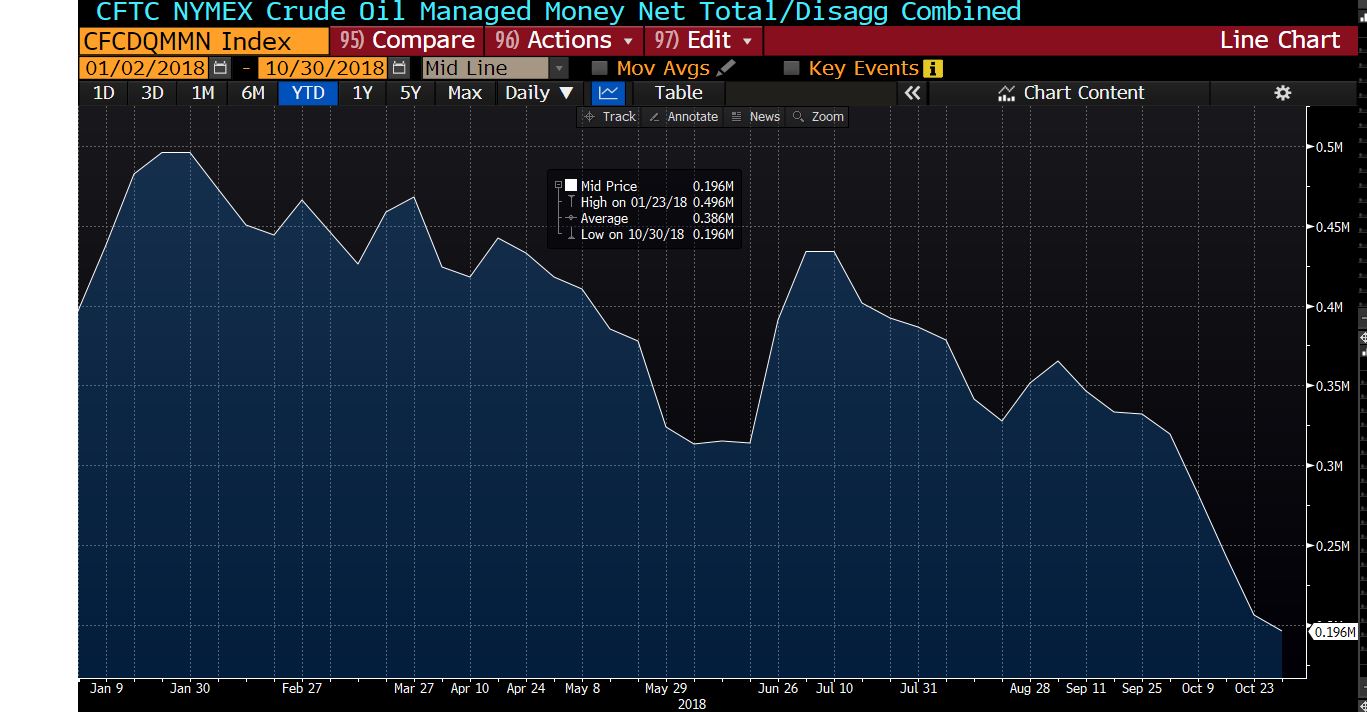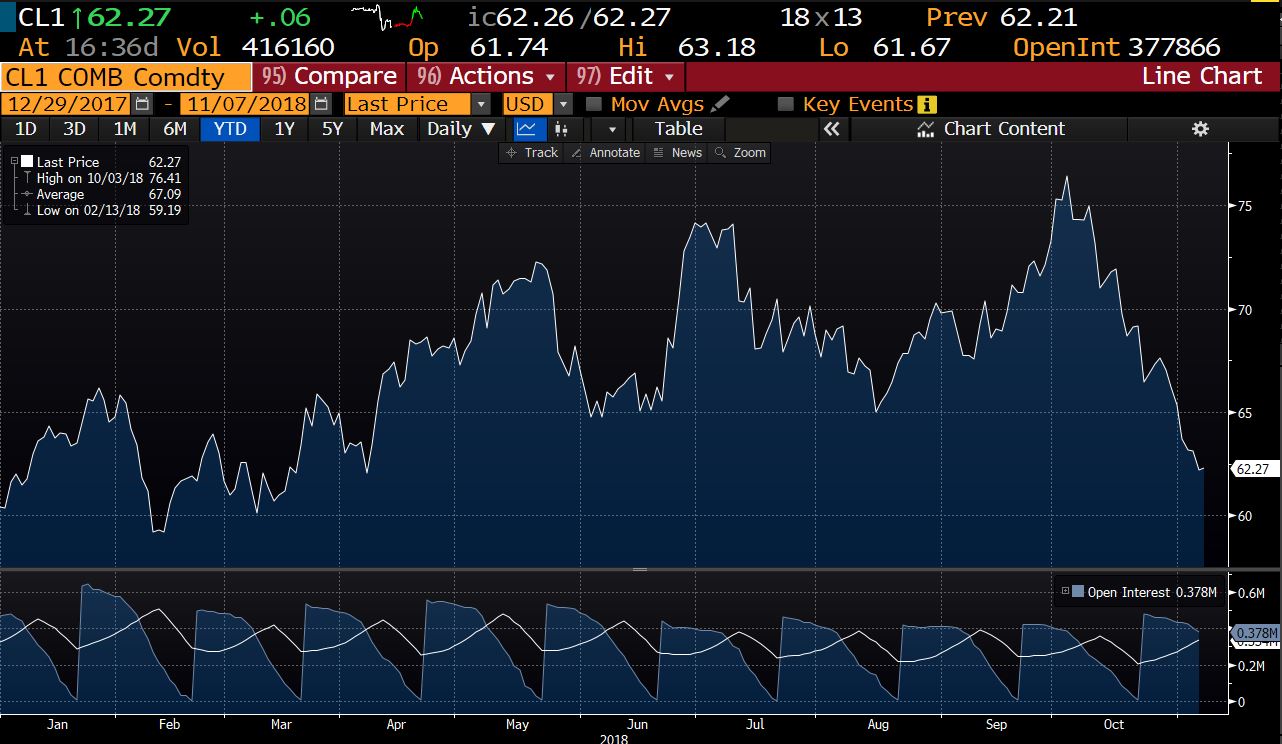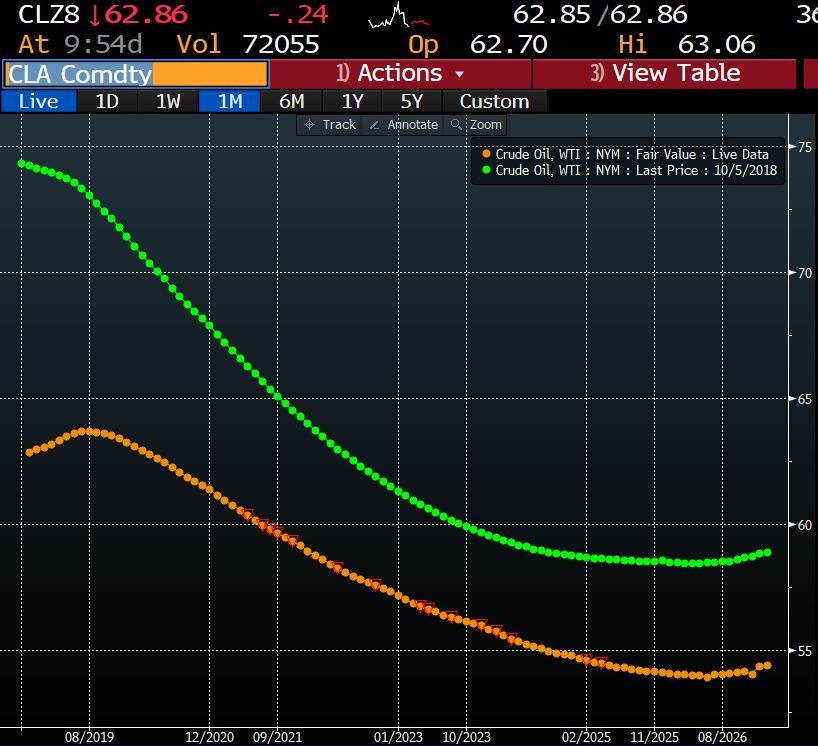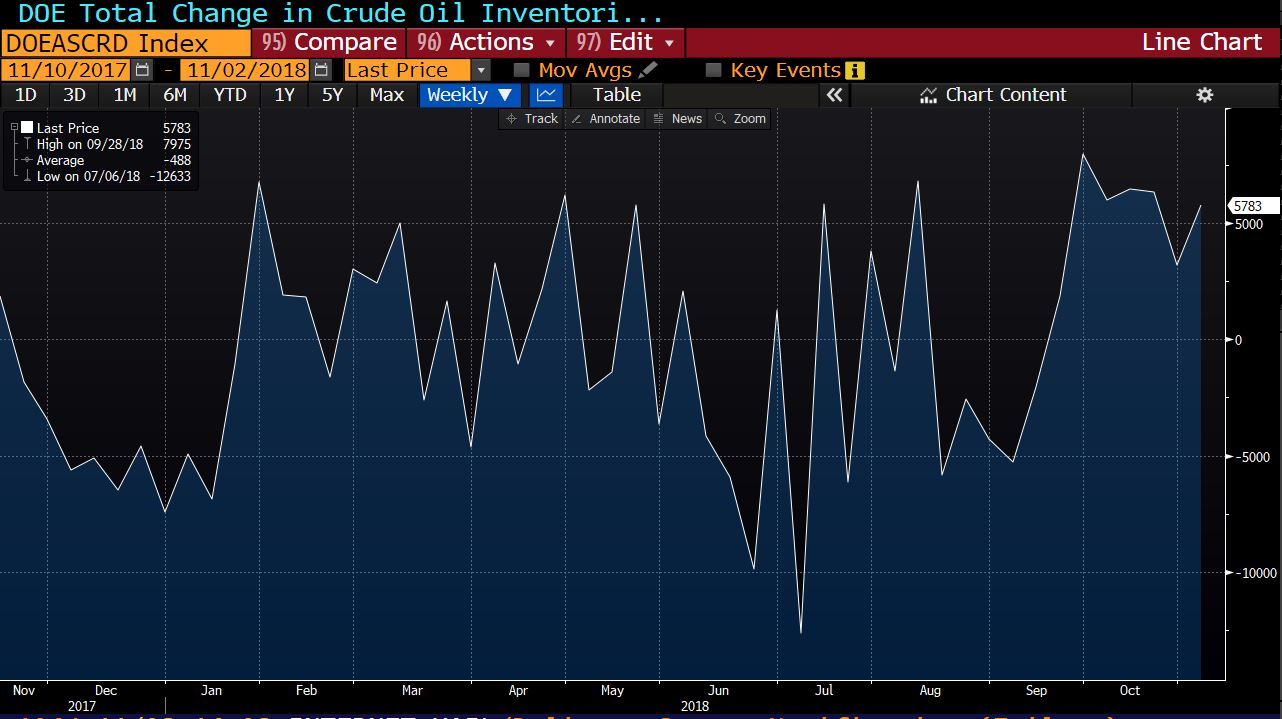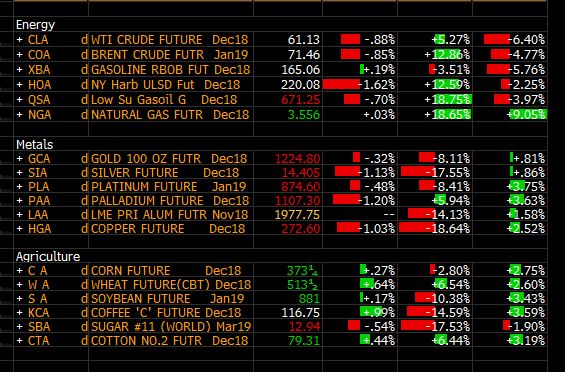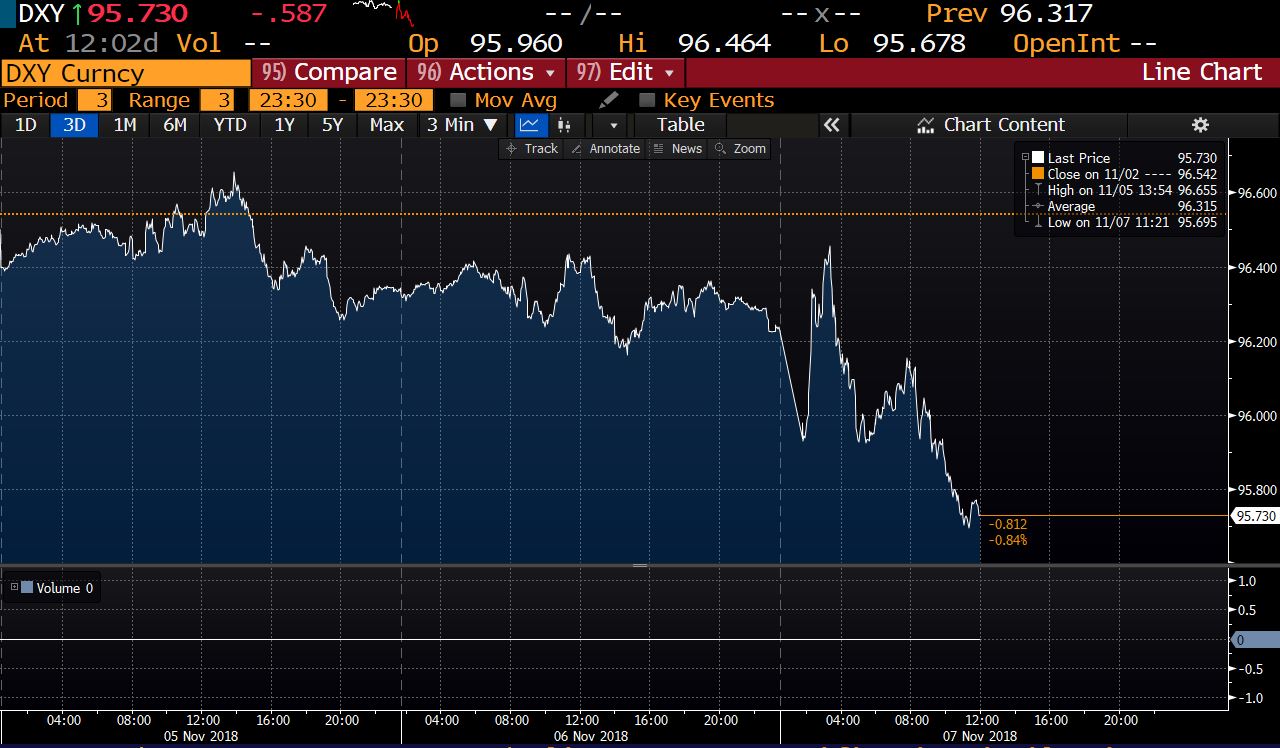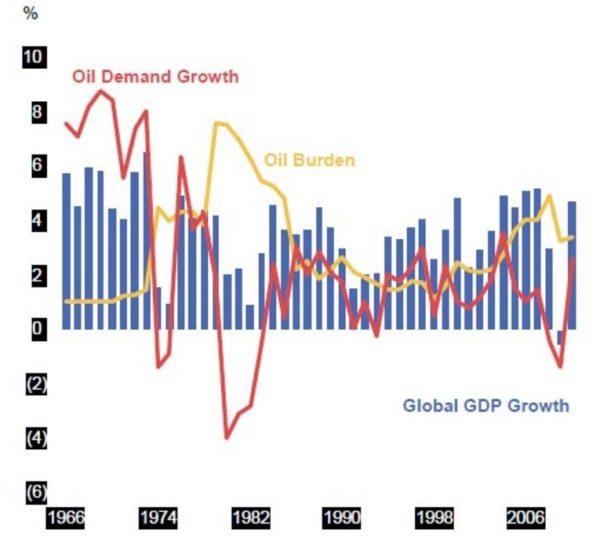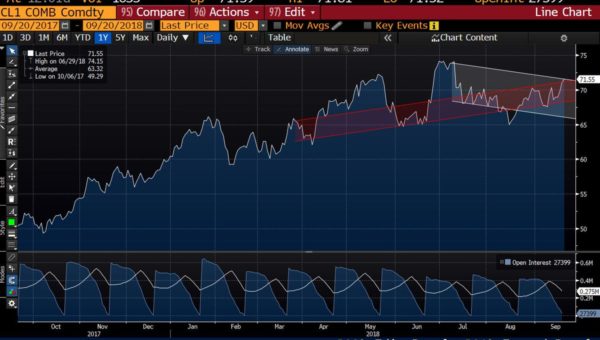
The recent weakness in oil prices is driven by a combination of a rising supply from OPEC+ and a slowdown in Chinese oil demand.
The increase in supply follows the Saudi Arabia strategy to hurt suppliers that overproduce. However, demand weakness is a more dangerous trend because it may be a long-term issue, considering that the manufacturing sector is in contraction.
Brent crude is currently trading significantly below the $63 a barrel WTI mark, traditionally considered the price that most producers require to break even. However, there are many misconceptions about the long-term breakeven price.
U.S. shale producers are more efficient than what many analysts believe. According to a 2025 survey, producers in the Permian Basin—the most productive U.S. shale region—are profitable at $61 per barrel (WTI) for new wells.
However, existing wells can break even at around $33 per barrel, leaving the blended average close to $40 per barrel, which suggests a very profitable environment even at today’s prices.
OPEC+ policy shift
OPEC+, the alliance of major oil producers led by Saudi Arabia and Russia, has made a notable policy shift in 2025.
After years of restraining output to support prices, the group has embarked on a series of consecutive and accelerated production increases.
In July, eight OPEC+ members will raise output by 411,000 barrels per day (bpd)—the third consecutive monthly hike. Once completed, the alliance will have offset almost half of the 2.2 million bpd voluntary cuts initiated in late 2024.
OPEC+ is keen to defend its market share and show the importing countries that it is a reliable partner
Saudi Arabia is the OPEC member with the largest spare capacity, at around 2.5 million bpd, and a very low production cost, at around $6 per barrel.
The kingdom is trying to penalise OPEC+ members, including Iraq and Kazakhstan, that have consistently exceeded their production quotas. Thus, the alliance legitimises some overproduction by raising official targets, which benefits the lowest-cost producers, mostly Saudi Arabia and the Emirates.
OPEC+ is also concerned about non-OPEC producers, particularly the U.S., rapidly increasing output.
Therefore, OPEC+ is keen to defend its market share and show the importing countries that it is a reliable partner that guarantees supply security and prices that are acceptable for customers and producers.
Healthy market fundamentals
No one can forget that Saudi Arabia is the global central bank of oil and seems to be keen on reminding everyone of its critical role in the stability of the oil market.
Considering the strength of the relationship between Saudi Arabia and the Trump administration, proven by the recent successful trade agreements, the kingdom is the key driver in the decision to boost output.
It helps to reduce inflation and secures a profitable business partnership between the two nations.
Reducing output would have a negative long-term effect on producers
OPEC+ asserts that its actions are guided by “a steady global economic outlook and current healthy market fundamentals”, a stance that contrasts with the pessimistic predictions of some analysts. In fact, despite a weak manufacturing environment, oil demand is reasonable.
There is another important factor behind the production hike. Reducing output would have a negative long-term effect on producers if importer nations perceived that OPEC+ members only wanted to artificially boost prices.
OPEC+ is presenting itself as the reliable and affordable partner to importers. However, it is not just evidence of the strength of the relationship between Saudi Arabia and the United States, but the close link between Russia, an OPEC+ invited guest, and China.
Who benefits and who loses?
China is the world’s largest oil importer and a strategic partner of Russia in many areas. In a moment where China’s economy may suffer due to the ongoing trade disputes, OPEC+ is coming to support the U.S. in its fight to combat inflation and China in its transition period of trade negotiations.
Chinese refiners are cutting processing rates amid a slump in factory activity and an ongoing housing market crisis.
The International Energy Agency (IEA) has repeatedly downgraded its outlook for Chinese oil consumption. The IEA now expects China’s oil demand to grow modestly in 2025.
China’s apparent oil demand fell by 410 thousand barrels per day year-on-year in April (-3%), according to Morgan Stanley
Global oil demand is expected to reach a peak by the end of this decade, with the IEA projecting world oil demand at 105.6 million bpd in 2029.
The recent increase in productions helps importers and the most efficient OPEC members.
China benefits from cheaper oil and gas, the U.S. manages to keep inflation under control without impacting the profitability of shale producers, Saudi Arabia re-establishes itself as the global central bank of oil, and Russia enhances its exporting capabilities to Asia.
Who loses? Venezuela, Iraq, Iran and Mexico, the members of the alliance that need higher oil prices to solve their fiscal imbalances.
Despite these recent challenges, global oversupply of crude is temporary. The World Bank forecasts that global oil supply will exceed demand by an average of 1.2 million bpd in 2025 and financial institutions such as JP Morgan and Goldman Sachs have slashed their price forecasts to $66-67 a barrel (WTI).
However, the market is expected to return to balance by 2026 when all trade negotiations have been completed. Global oil demand is expected to plateau by the end of this decade, with the IEA projecting world oil demand peaking at 105.6 million bpd in 2029.
Saudi Arabia and Russia may have traded some short-term profits for long-term alliances, and the competitiveness and efficiency of global producers will increase with the short-term price pressure.





